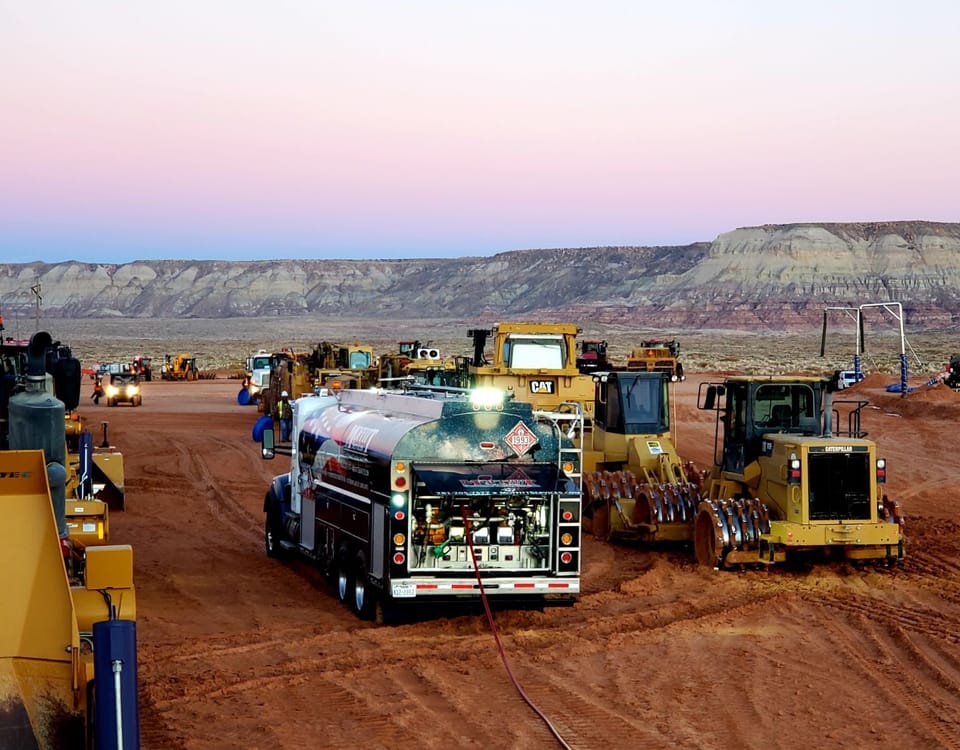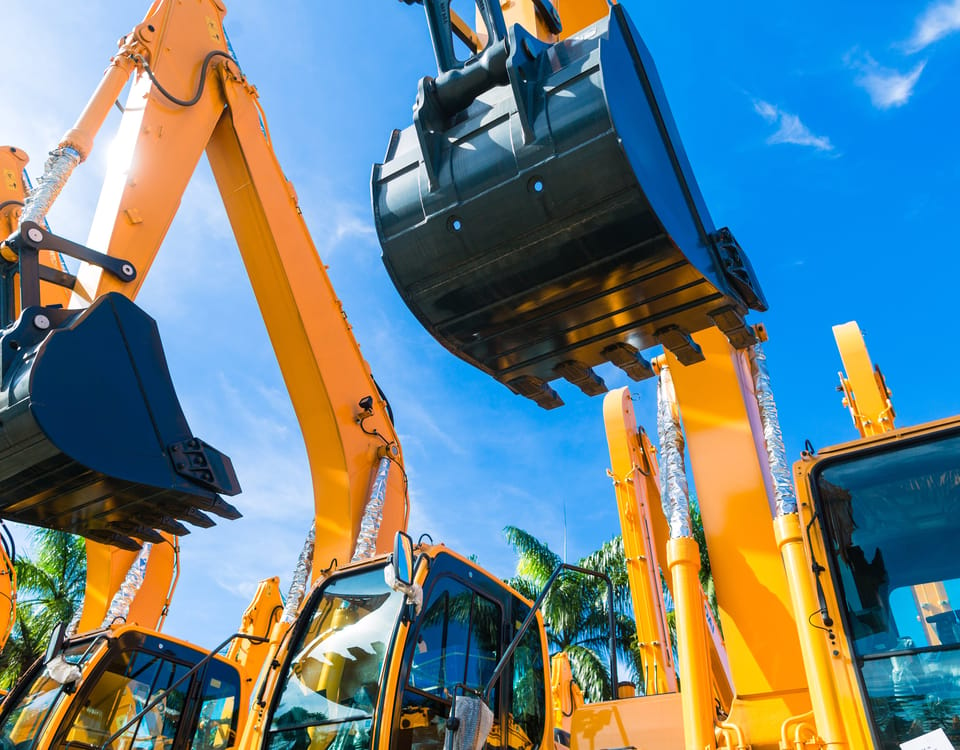
Welcome back to our quarterly safety series! Today, we at Moffitt are focusing on the critical topic of fuel storage. Whether you’re involved in remote site fueling, commercial fuel delivery, or simply have fuel storage tanks on your premises, understanding safe practices is essential. Let’s delve into the do’s and don’ts of fuel storage to keep you, your workplace, and the environment safe.
Types of Onsite Storage Solutions for Fuel
Fuel storage solutions vary depending on the application and volume of fuel required. Some common options include:
-
Above-Ground Storage Tanks (ASTs): These tanks are versatile and are used for various fuels like gasoline, diesel, and kerosene. They are available in different sizes and materials, including steel and fiberglass.
-
Underground Storage Tanks (USTs): People often use Underground Storage Tanks (USTs) for long-term fuel storage. Burying them underground conserves space and protects the fuel from the elements.
-
Portable Fuel Tanks: These tanks are ideal for temporary storage or for fueling equipment in remote locations. They come in various sizes and are designed for easy transportation.
-
Day Tanks: These tanks provide a convenient and accessible fuel supply for daily operations. They are typically smaller than ASTs and USTs and are often used in conjunction with larger storage tanks.
Safety for Commercial Drivers
Commercial drivers play a vital role in ensuring the safe delivery and handling of fuel. Drivers involved in remote site fueling and fuel storage should follow these essential safety tips:
-
Pre-Trip Inspections: Before hitting the road, always conduct a thorough inspection of your vehicle, including the fuel tank and any associated equipment.
-
Secure Transport: Secure fuel tanks properly during transport to prevent spills or leaks.
-
Safe Delivery: Follow proper procedures for transferring fuel from the tanker to the storage tank. This includes grounding the equipment and using appropriate safety gear.
-
Emergency Preparedness: Be prepared for potential emergencies, such as spills or fires. Know the emergency response procedures and have the necessary equipment readily available.
-
Empty Tank Transport: Even empty tanks can pose a risk due to residual fuel vapors. Follow proper ventilation procedures and ensure that you clean tanks properly before transporting them.
Businesses with Onsite Fuel Storage
Various businesses rely on fuel storage to support their operations. Some examples include:
-
Construction Companies: Fuel storage is essential for powering heavy machinery and equipment on construction sites.
-
Farms and Agricultural Businesses: Farms and agricultural businesses need fuel to power their tractors, combines, and other equipment.
-
Manufacturing Facilities: Many manufacturing processes require fuel for power generation or as a raw material.
-
Transportation Companies: Fuel storage is critical for fueling fleets of trucks, buses, or other vehicles.
Worker Safety
Several occupations involve working with or around fuel storage tanks. These include:
-
Fuel Delivery Drivers: These professionals transport and deliver fuel to various locations, including remote sites.
-
Construction Workers: They may encounter fuel storage tanks on construction sites, especially during excavation or site preparation.
-
Maintenance Personnel: These workers may be responsible for inspecting, cleaning, and repairing fuel storage tanks.
-
Emergency Responders: Emergency responders, such as firefighters and hazmat teams, may respond to incidents involving fuel storage tanks.
Fuel Storage Safety: Do’s and Don’ts
Here are some general do’s and don’ts to keep in mind when it comes to fuel storage safety:
Do’s:
- Store fuel in approved containers: Use only tanks and containers designed and labeled for fuel storage.
- Keep storage areas clean and organized: Prevent spills and leaks by maintaining a clean and well-organized storage area.
- Inspect tanks and equipment regularly: Conduct routine inspections to identify and address any potential issues.
- Follow proper labeling and signage procedures: Clearly label all fuel storage tanks and containers with the type of fuel and any associated hazards.
- Have spill containment and response equipment readily available: Keep spill containment and cleanup materials readily available to prepare for potential spills.
- Train employees on proper fuel handling and storage procedures: Ensure everyone who works with fuel understands the associated risks and safety protocols.
Don’ts:
- Don’t smoke or use open flames near fuel storage areas: Fuel vapors are highly flammable, so avoid any potential ignition sources.
- Don’t overfill tanks: Leave adequate space in the tank for expansion and to prevent spills during filling.
- Don’t store incompatible fuels together: Certain fuels can react dangerously when mixed, so store them separately.
- Don’t leave fuel storage tanks unattended during filling or transfer: Always supervise these operations to prevent spills and accidents.
- Don’t allow unauthorized personnel access to fuel storage areas: Restrict access to trained and authorized individuals only.
Remember, safety is everyone’s responsibility. By following these guidelines and prioritizing safe fuel storage practices, you can help prevent accidents, protect the environment, and ensure the smooth operation of your business or remote site.




